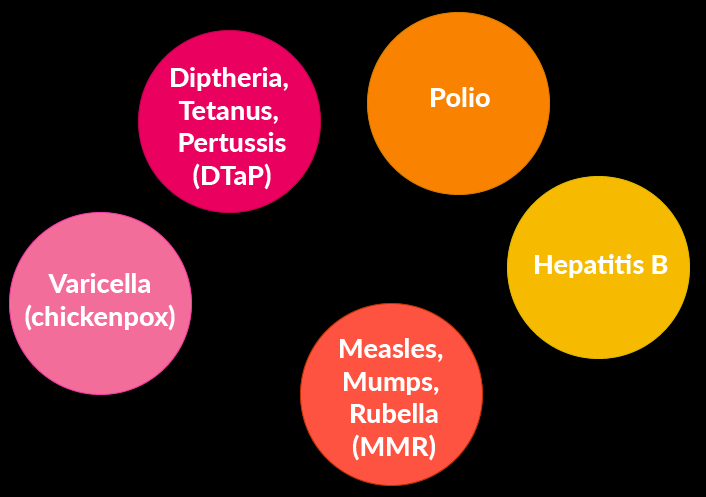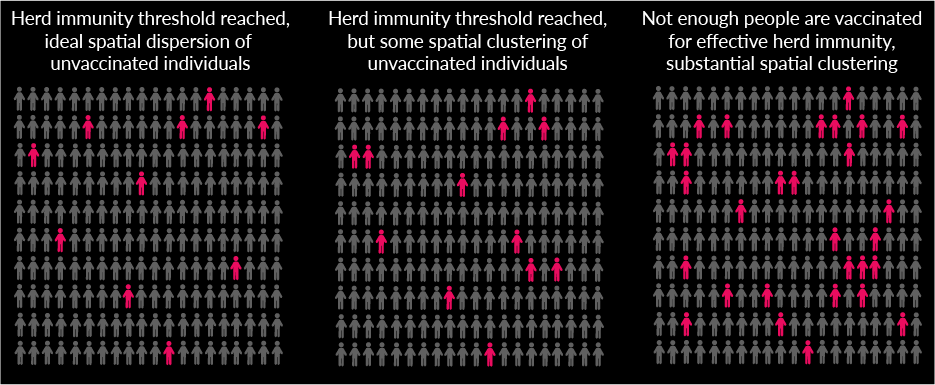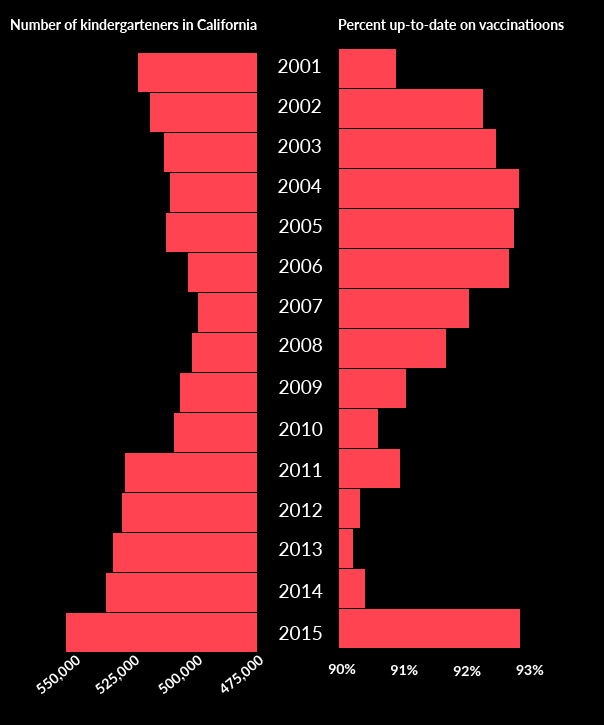



Click on a circle to identify the specific county and incident count. Click and drag the slider bar or the accompanying buttons to progress through time.

Click on the blue circle situated in the center of each map and slide from side to side to compare school-level vaccination levels.



All maps and graphics created by Ellie Milligan
For completion of the Master of Science degree in Cartography and Geographic Information Systems at the University of Wisconsin - Madison in April 2019, in conjunction with Dr. Malia Jones and the University of Wisconsin Applied Population Lab.
Data Sources: California Department of Public Health, Centers for Disease Control and Prevention, Vaccines.gov, ShotsForSchool.org
Maps: Data from the California Department of Public Health, California Department of Education, Natural Earth Data, and Data.gov // Projection: NAD 1983 HARN California Teale Albers